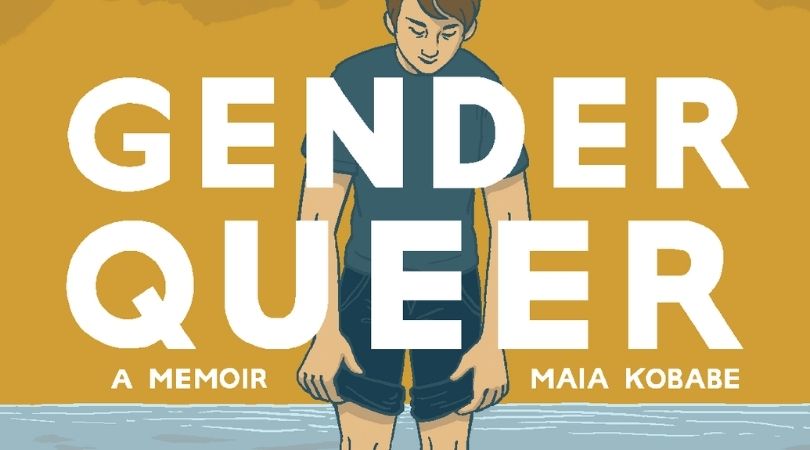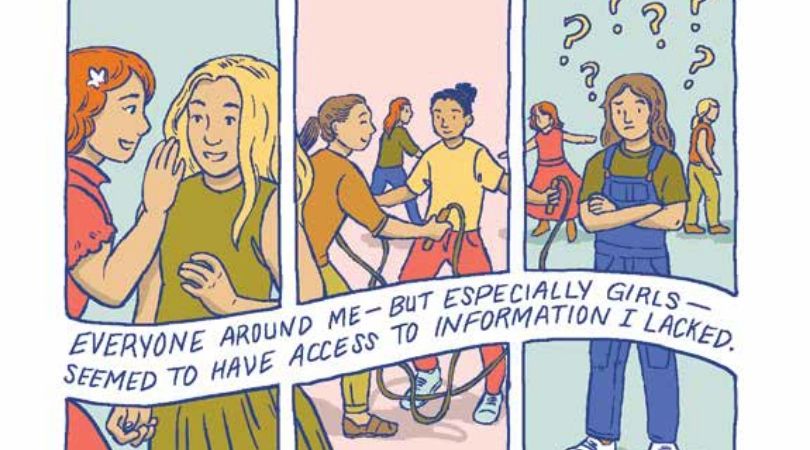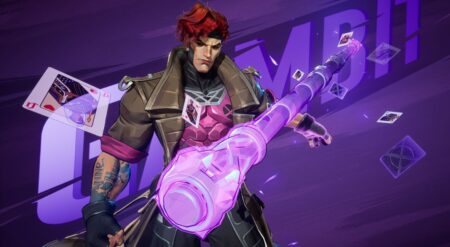
Most people understand the importance of representation in the media and that, to this day, the media is abysmal at portraying diversity in race, sexuality, disability, gender roles, and especially in gender identity. There is currently very little representation for non-binary, gender queer, or transgender persons in media.
Now, these terms can be daunting for the uninitiated, but they are also rather simple. Gender queer and non-binary gender are umbrella terms that describe persons who do not fall within the gender binary. In other words, these are persons who do not experience themselves as either female/woman or as male/man. Transgender is a term that describes a person whose gender doesn’t correspond to the one assigned to them at birth. Non-binary persons can also be defined as transgender due to the fact that non-binary persons transition away from the gender assigned to them at birth and into a non-binary gender.
However, it is important to keep in mind that despite these definitions gender is a personal experience. As such, one person may consider themselves non-binary and transgender while another may just consider themselves non-binary. Either way, gender and gender pronouns are important and should be respected no matter what your personal experience is. In many cases, we’ve been conditioned to consider gender as an either/or situation: either you’re a he or a she. But given that not everyone identifies within this binary, using a person’s correct gender pronouns is a simple way to be inclusive and to show someone that you care.
Lack of representation in the media and general acceptance of non-binary identities is a particular problem in western societies. Globally, many other cultures accept more than two genders. For example, the mahu have been traditionally respected by native Hawaiian culture as a person who embodies both a male and female spirit. It is within western society that binary categories of gender have been imposed within our culture. This is a particular problem because the human experience is not binary in many regards, and I don’t mean just gender. Even people who identify as cisgender may find it hard to deal with the ideals our society associates with femininity and masculinity.
This problem in representation isn’t just a simple one and it has far-reaching consequences. There has been plenty of research exhibiting that non-binary persons, and/or persons who express themselves in ways that challenge the gender binary, face high levels of mental health difficulties. More so, there are estimates that over 40% of non-binary people have attempted suicide at some point in their lives. In the same vein, a third of non-binary people reported having experienced physical assault and a sixth have reported experiencing sexual assault culminating from their gender identity.
These statistics are why media, such as Gender Queer: A Memoir by Maia Kobabe, is so important. This graphic novel is a personal memoir of Maia’s life as e explores eir feelings, thoughts, and experiences with gender. The graphic novel begins with a three-year-old Maia and ends in Maia’s late 20s. Through this memoir, Maia shows us how eir gender expression and identity evolved, and how it is in fact still evolving.
You may have noticed some foreign gender pronouns in that last paragraph. The “e” and “eir” are not spelling errors, they’re a set of non-binary pronouns. These pronouns are known as Spivak pronouns because they were based on pronouns used by Michael Spivak in a manual he wrote. Therefore, he, him, his, his (possessive), and himself, would translate to e, em, eir, eirs, and emself. These aren’t the only non-binary pronouns people use and aren’t the most common. The most popular set of non-binary pronouns is the singular use of ‘they’. This might all seem very complicated, but it just requires a bit of practice. It’s alright if you mess up, we know you will. Even I mess up, and I identify as non-binary. But the fact that you try and correct yourself is all that matters.
The graphic novel doesn’t try to introduce any science behind being non-binary. There is no assertion of how non-binary identities have come to be but only that non-binary identities exist. On top of this, Kobabe never asserts any of eir thoughts and experiences as correct and unanimous; it is only a memoir after all. These are solely the thoughts, feelings, and experiences of a singular, non-binary, asexual person.

Gender Queer is perhaps not meant to be a resounding story about all non-binary identities and the struggles and self-doubt we go through but it can be a guide for other non-binary peoples to understand that our path through life is not an easy one. It’s hard to figure out who you are, even more so when you don’t fall within the quaint walls of the gender binary or heterosexuality. As opposed to our cis-gendered siblings, it may take us longer to figure out who we are.
Even Kobabe had a hard time understanding eir gender from the get-go. Maia was often left with the feeling that there was some sort of information missing that everyone else had access to. It wasn’t until meeting like-minded people and reading fictional pieces with queer people at the forefront, that Maia really began to understand what was going on. Gender Queer is just proof that when information is more readily available, understanding and expressing yourself outside the gender binary is easier. When we’re given the tools to express ourselves, such as through the use of non-binary pronouns, understanding comes easier.
This particular piece of media holds a special place in my heart. I have never read, listened to, or watched a single piece of thing that so thoroughly depicted my own experiences involving my gender identity. It was eerie to read and see Kobabe explore eir gender because so many of the thoughts e had were my very own. By reading this, it gave me more words to express myself, and an even better way to understand myself.
To give you some perspective, I was not introduced to the term “non-binary” until I was 19. Even still, I did not accept that my feelings and identity were valid until I was 25. It’s sad for me to have to say that it took 20 years to understand that the feelings I’ve been having since I was 5 are normal and entirely valid. It seems to have taken Kobabe just as long to accept eir gender as well. So, can you imagine if this sort of media was more prolific and available? It really could mean the difference between life and death.
Feeling accepted by people around you—your family, friends, community—can mean the world to someone coming out as non-binary. And the only way to breed this acceptance is through better representation and increased knowledge of non-binary identities. Further representation in the media will ultimately breed more acceptance of non-binary identities from potential allies but also better educate people who find themselves not fitting into the gender binary.
Kobabe is also a wonderful artist, with a talent for comic flow and tone. Beyond the aesthetics, Gender Queer can help other non-binary people feel less alone in their feelings and encourage their own journeys. But it also shows the reality of the situation: non-binary people don’t see themselves in the world around them. Within Maia’s memoir, there are a lot of queer influences but very little non-binary influences. This very much reflects the current state of the media and, as such, it can feel very lonely.
This need for better representation isn’t just to make people feel good; it comes down to health and education. Exposure would ultimately help with legal recognition along with issues revolving around establishing non-binary public spaces. The media has made leaps and bounds with increased representation of gay, lesbian, and bisexual persons, but little has been done about increasing non-binary representation. Someone who has been making strides in representation is the non-binary actor Asia Kate Dillon. Their non-binary roles in Billions and John Wick: Chapter 3 are just an example of how easy and effective it can be to include non-binary actors and characters in media. With that said, there needs to be more of a concerted effort to include non-binary identities in media.







